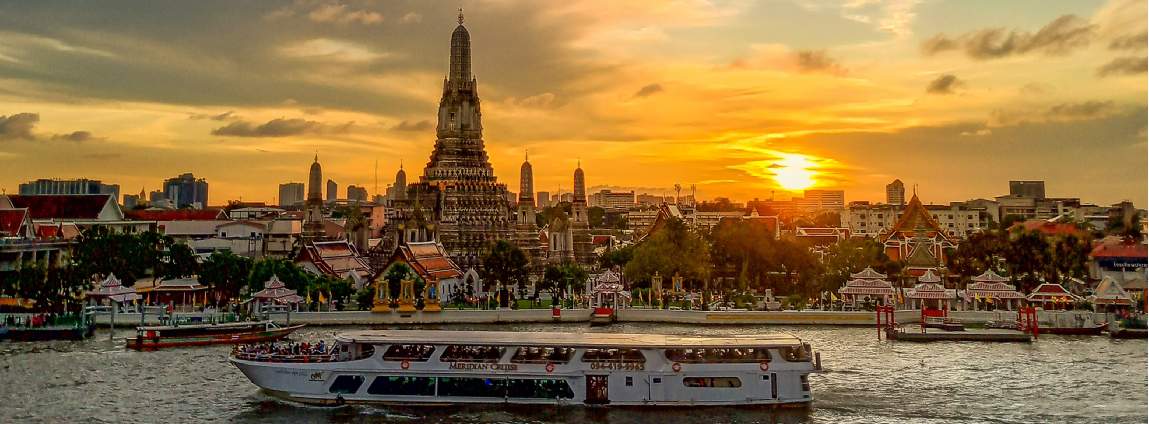ECONOMIC OVERVIEW
In Q2/2023, Thailand’s annual GDP growth slowed but picked up momentum in the third quarter. During this period, the Purchasing Managers’ Index (PMI) rose, despite a concurrent decline in interest rates. To bolster the tourism sector, the government announced an expansion of its visa exemption policy in late October, encompassing arrivals from India and Taiwan. Additionally, a plan was approved to reduce the prices of gasohol for three months, aimed at alleviating living expenses. The baht stood at THB35.89 per US Dollar on November 10th, marking a 2.4% monthly appreciation. Anticipating increased tourist arrivals, the baht’s value is expected to rise. Plans for a “Green Economy Fund” to be launched in February 2024 aim to support Thai businesses venturing into sustainable sectors. The government is targeting new markets like Saudi Arabia, South Africa, and India. Additionally, the Prime Minister suggested streamlining Value Added Tax Refunds (VAT Refunds) for departing tourists from Thailand, seeking enhanced convenience and faster processing.

.jpg)
.jpg)
.jpg)
.jpg)
.jpg)
.jpg)
.jpg)
.jpg)
.jpg)
.jpg)
.jpg)
.jpg)
.jpg)
.jpg)
.jpg)
.jpg)